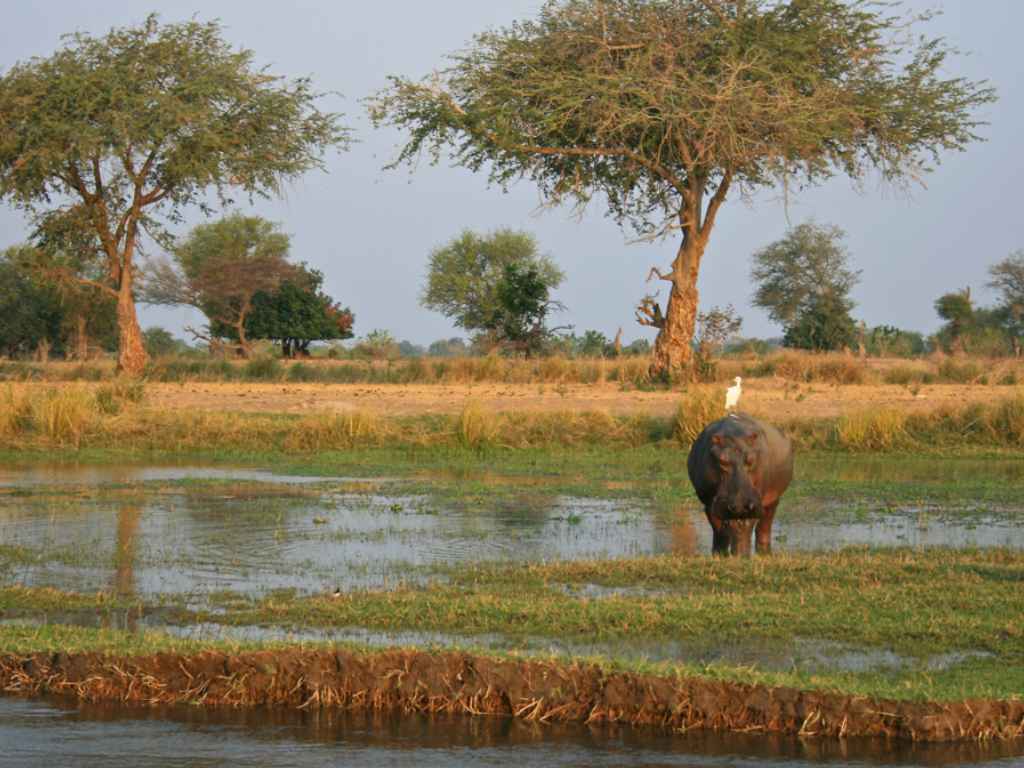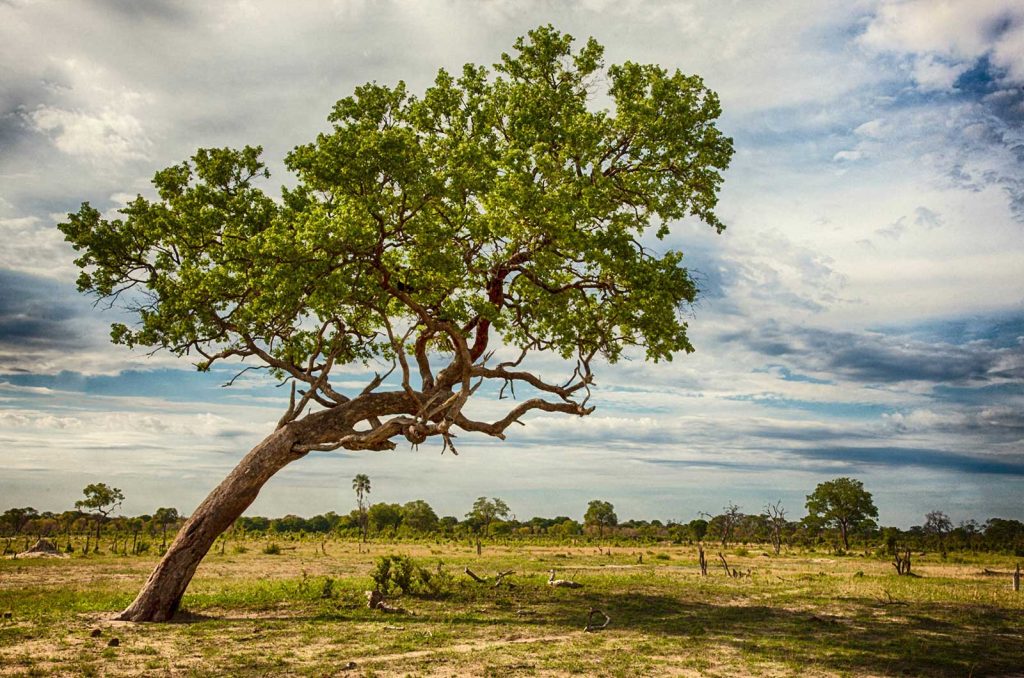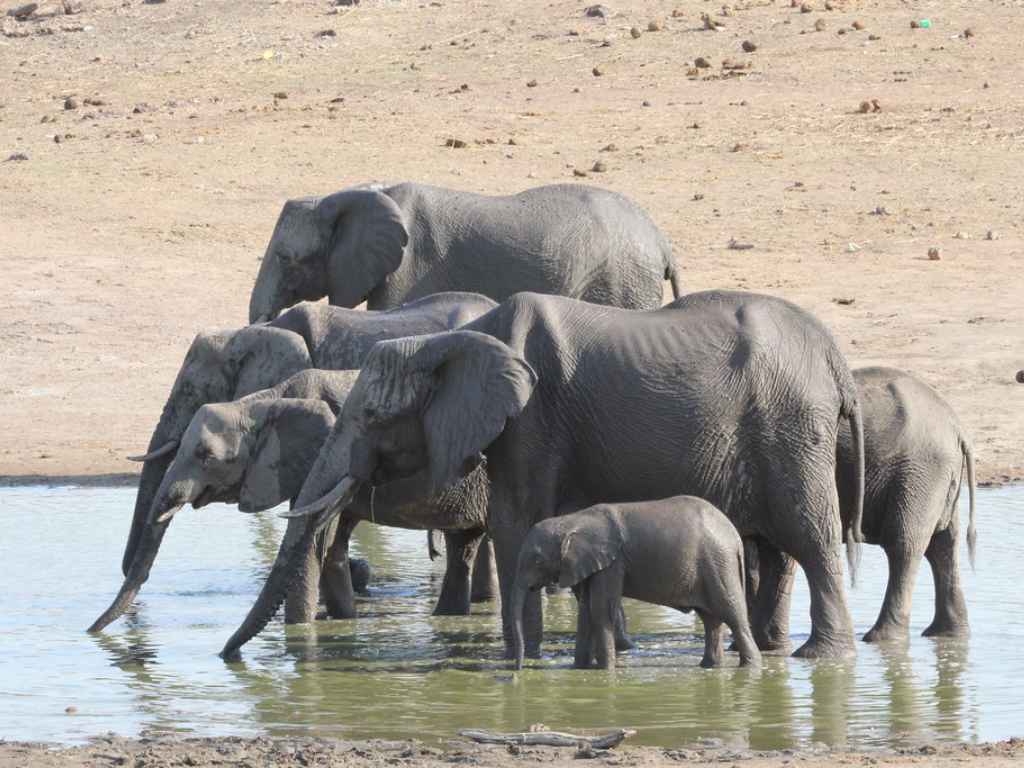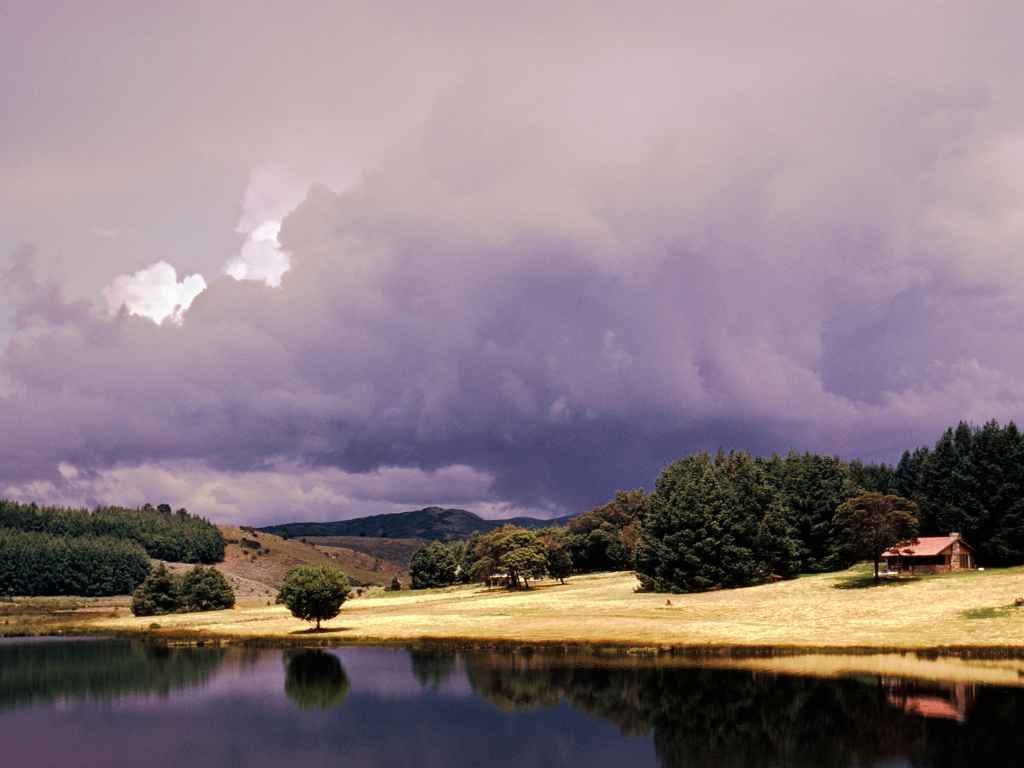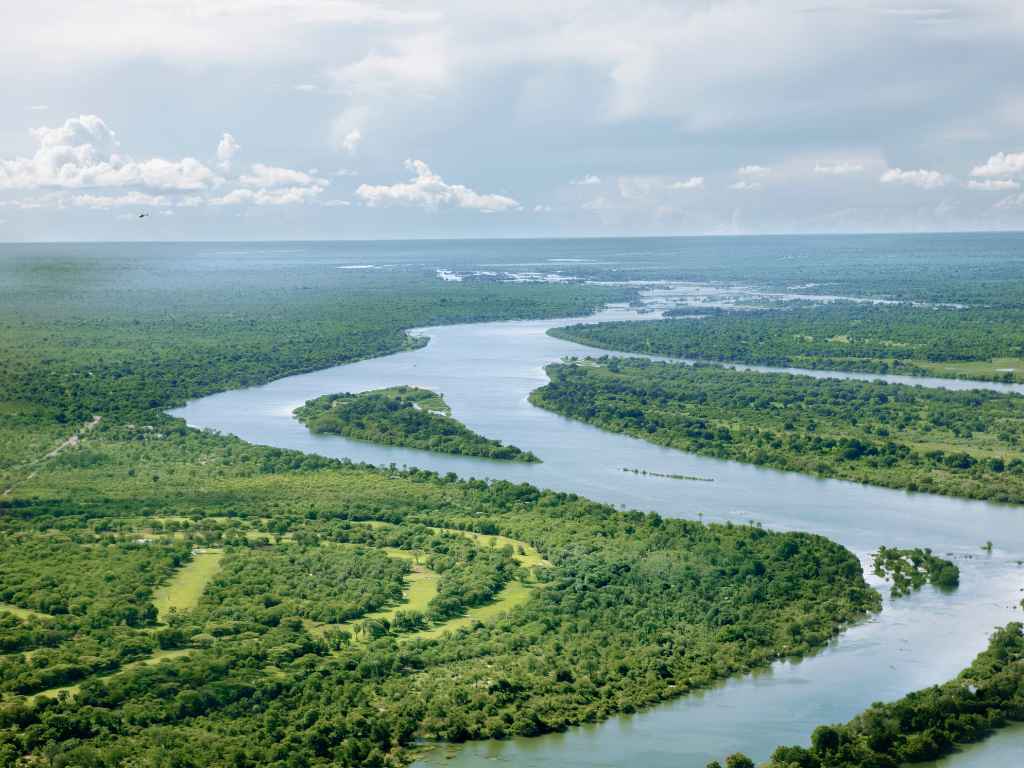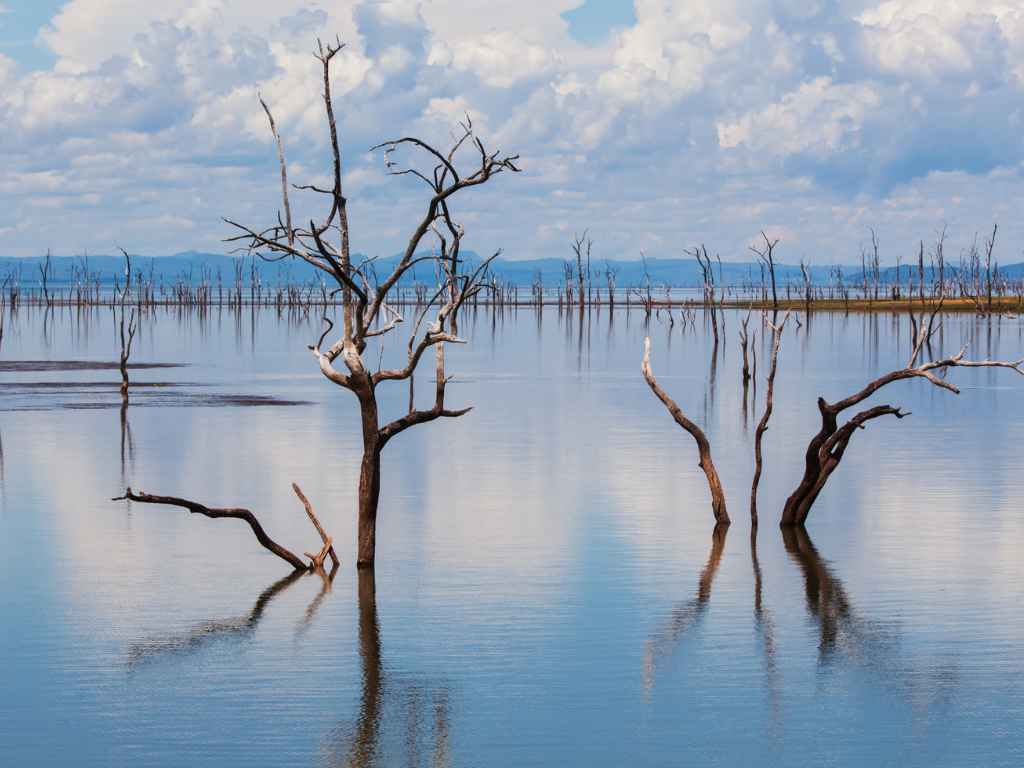Few places are as captivating as Mana Pools National Park. Nestled in the heart of Zimbabwe, this UNESCO World Heritage Site is a testament to nature’s raw beauty and resilience.
It’s not just the staggering wildlife that’ll leave you breathless. Imagine the sun setting over the Zambezi River, painting the sky with hues of orange and pink, while elephants roam freely in the distance. This park isn’t just a destination, it’s an experience that stirs the soul.
Join me as we explore Mana Pools National Park, delving into its rich biodiversity, its conservation efforts, and the unique adventures that await within its boundaries. After all, there’s no adventure quite like the one nature has in store for us.
Introduction
Overview of Mana Pools National Park
Mana Pools National Park, a wildlife conservation area in Zimbabwe, gives nature enthusiasts witnessing a safari an adventure they aren’t likely to forget. Seldom will you find a location as rich in biodiversity as this park. Home to countless species, from elephants, lions, and African wild dogs, to over 350 species of birds, it’s a paradise for wildlife lovers. The park’s captivating wildlife finds company in its breathtaking landscapes, with stunning sunsets over the Zambezi River making for a magical experience.
Location and Geography
The park nestles in the lower Zambezi River, in northern Zimbabwe. This region is well-renowned for its unique geography, a fertile floodplain hosting various ecosystems. From forests buzzing with activity, where creatures scuttle around under the leafy cover, to large water bodies bustling with water birds and aquatic life, this land shows nature in all her hues.
Stretching across an impressive 2,196 square kilometers, Mana Pools National Park is a part of the larger Zambezi Valley. The park’s terrain encompasses islands, sandbanks, pools, and a stretch of the Zambezi River. The term ‘mana’ translates to ‘four’ in the Shona language, symbolic of the four large permanent pools carved by the river. These pools form a central part of the Park’s geography, attracting an array of wildlife and offering unique sightings for visitors, nourishing life at its core.
Natural Wonders and Landscapes
The Zambezi River
The Zambezi River, a remarkable feature of Mana Pools National Park, provides an incredible backdrop to the diverse wildlife and flora.
Floodplains and Oxbow Lakes
In its course, the mighty Zambezi River forms extensive floodplains. These floodplains, replete with nutrients, become a powerhouse of diverse vegetation. The river’s meandering path also creates oxbow lakes, serving as congregating points for various species.
Canoeing and Boat Safaris
Offering canoeing and boat safaris, the Zambezi River at Mana Pools National Park presents visitors with unique wildlife viewing opportunities. Encounters with herds of elephants, buffalos, and plenty of other animals are habitual experiences during these activities.
Unique Ecosystems
Mana Pools National Park plays host to several unique ecosystems, each nurturing distinct vegetation and wildlife.
Forests and Woodlands
Rich forests and woodlands spread across Mana Pools. Acacia and mahogany trees, among others, provide a verdant, life-giving habitat to a variety of animal and bird species, reinforcing the park’s ecological diversity.
Baobab Trees
Mana Pools is known for its spectacular Baobab trees. These mighty trees with their characteristic swollen trunks are a compelling sight and serve as exclusive habitats for a variety of birds and mammals.
Geological Features
The park showcases a wide range of fascinating geological features that augment its natural beauty.
Escarpments and Cliffs
The breathtaking escarpments and cliffs around Mana pools offer panoramic views of the Zambezi Valley. With an array of different hues illuminating the skyline, sunsets atop these cliffs are a sight to behold.
Fossil Beds
The park houses fossil beds that testify to geological transformations over the ages. These fossil remains add another dimension to the rich tapestry of Mana Pools’ natural wonders. These precious relics help enhance our understanding of the park’s ancient natural history.
Wildlife and Biodiversity
Building upon the natural wonder of Mana Pools National Park, I find it instrumental to look closer at its splendid inhabitants. The park’s teeming wildlife and enthralling biodiversity form a significant part of its appeal. It’s a dense tapestry of life interwoven with survival, sustenance, and spectacle, reaching far beyond just its iconic elephant herds.
Animal Species
Diving more profoundly into the park’s wildlife reveals a rich array of creatures, each playing a quintessential role in maintaining the park’s ecological balance. It’s categorized into several groups, each encompassing different animal species.
Elephants and Hippos
These behemoth vegetarians add a majestic aura to the park. Elephants, with their immense stature and long tusks, roam across vast floodplains in search of nourishment, showcasing nature’s spectacle in all its grandeur. Hippos, too, play their part efficiently as they saunter through the water bodies, adding another dimension to this thriving ecosystem.
Predators (Lions, Leopards, Wild Dogs)
Among the lurking predators, lions, leopards, and wild dogs come to the forefront. The presence of these predators completes the circle of life in the park, striking a fine balance between predation and preservation. Their intricate hunting plays allow for a dynamic and diverse wildlife.
Birdlife
Beyond the ground dwellers, the animal kingdom in Mana Pools expands to the skies. A host of colorful avian species inhabit its dense forests and riverine regions, making it a haven for birdwatchers.
Seasonal Migrations and Movements
Seasonal changes bring out different behaviors in the park’s animals, creating fascinating viewing scenarios. Movements and migrations following the rains or dry spells activate a natural carousel of life, reflecting the adaptive abilities of these creatures to their ever-changing environment.
Conservation Efforts
Key conservation efforts are in place to safeguard this enriching wildlife diversity. From anti-poaching measures to habitat restoration initiatives, every step contributes significantly to preserving Mana Pools’ natural wealth, ensuring generations to come can witness this awe-inspiring base of life.
Safari Activities and Adventures
Game Drives
Game drives at Mana Pools National Park offer a thrilling experience. Travelers access diverse terrains in 4×4 vehicles, providing prime views of wildlife. Spotting elephants, lions, and wild dogs is regular occurrences on these drives. Additionally, don’t forget birdwatching. Bird lovers get to witness a plethora of avian species during game drives, enhancing the overall adventure.
Walking Safaris
Walking safaris present another adventure. This opportunity allows visitors to get up close with the fauna. Included within these walking tours, information about the park’s rich biodiversity gets shared. You’re bound to witness elephants, hippos, and other animals in their natural habitat. Remember, seasonal animal migrations become more vivid during these on-foot explorations.
Canoeing and Boating
Canoeing and boating adventures at Mana Pools are unparalleled. These activities take visitors across the park’s water bodies, often graced by playful hippos. Opportunities to spot crocodiles and monitor lizards add excitement. Additionally, canoeing past water birds perched on the banks creates a serene experience.
Fishing
Fishing in Mana Pools offers a unique experience. With permission, anglers cast lines into the park’s waters, home to a variety of fish species. It’s not just the thrill of getting a catch that makes this activity appealing—surrounding wildlife add to the setting. With elephants occasionally bathing nearby or birds diving for fish, it creates a vibrant spectacle.
Accommodation Options
Options for accommodation at Mana Pools National Park run a wide gamut, diversifying your options and making for an eclectic choice based on your budget, taste, and needs.
Lodges and Camps
Luxury and exclusivity define the lodges and camps at Mana Pools National Park. Here’s an exploration of the options.
Within the Park
There are four furnished and serviced state lodges located within the park. Built in rustic Zimbabwean style, these ensure marvelous views of the Zambezi River and riverside wildlife. In particular, a pair such as Muchichiri Lodge and Chitake Lodge, close to the Zambezi River, immerses you in the wilderness’ heart without compromising comfort.
Private Concessions
Blessed with unspoiled wilderness and rich biodiversity, private concessions like Ruckomechi and Kanga Camp provide more personalized accommodation options. For instance, the Kanga Camp’s tented suites, situated around a waterhole, present unique wildlife viewing opportunities right from your doorstep.
Camping
Camping at Mana Pools teems with contrasts, offering designated campsites, and options for the more adventurous souls.
Designated Campsites
Mana Pools National Park has two main campsites: Nyamepi Campsite and Mucheni Campsite. Nyamepi is along the Zambezi River, while Mucheni overlooks the river’s bends. Both differentiate themselves by offering amenities such as ablutions with hot and cold running water.
Mobile Camping Safaris
A more immersive and adventurous experience waits in mobile camping safaris. This allows you to move locations and explore different areas within the Mana Pools National Park, creating an unfiltered, intense safari experience.
Nearby Towns and Facilities
Though the park offers an exceptional wildlife escape, the nearby towns cater to supply provisions and other facilities. Kariba town, located 28 miles away, serves as the closest urban area. It provides medical facilities, shopping centers, and fuel services, sustaining your worry-free exploration in Mana Pools.
Getting to Mana Pools National Park
It’s crucial to consider different transportation options when planning your trip to Mana Pools National Park. Direct accessibility remains a primary concern. From air travel to road trips, several options cater to different preferences.
By Air
Flying provides a quick mode of transport to Mana Pools National Park. Several airlines, including Air Zimbabwe and FastJet, operate flights to Harare – Zimbabwe’s capital. From Harare, you’ve the choice to opt for a charter flight with reputable airlines like Wilderness Air, that transport you straight to Mana Pools. Remember, your accommodation provider can make the necessary arrangements if you book a charter flight. It’s worthy to note that the park has two airstrips, Main and West, but Main Airstrip commands preference due to its proximity to most lodges.
By Road
If you fancy a road trip, reaching Mana Pools National Park by road renders a splendid adventure. This option allows you to immerse yourself in Zimbabwe’s scenic landscapes, including the Zambezi Escarpment’s captivating views.
Self-Drive Routes
Adventure seekers might opt for self-drive routes. From Harare, it’s a direct 375 km trip to the park that should take you roughly 6 hours. The road is mainly tarred, barring the last 75 km, which is a well-maintained gravel surface. Remember, during the wet season, especially between November and April, some roads within the park might become impassable due to heavy rainfall.
Shuttle Services
Alternatively, shuttle services offer the comfort of professional drivers familiar with the route. Several Zimbabwe safari operators provide such services, ensuring a smooth and secure journey to Mana Pools. This choice provides a more relaxed journey, letting you sit back and soak in the scenery.
Tour Packages
Tour packages provide another feasible way to reach Mana Pools National Park. Reputable tour operators, like African Bush Camps and Wilderness Safaris, offer packages encompassing travel, accommodation, and safari activities. Such an arrangement excludes the hassle of organizing your transport, ensuring a streamlined journey to this wilderness jewel.
Best Times to Visit
Understanding when to visit Mana Pools National Park adds to the enjoyment of the journey. The timing can significantly impact what visitors see and experience. Thus, recognizing the seasonal variations, animal viewing opportunities, and special events can make the trip more memorable.
Seasonal Variations
Dry Season
The period between April and October falls under the dry season. Visitors experience warm days and cool nights, but it’s not uncommon for temperatures to dip near freezing. This scenario makes the animals drawn to the permanent water sources in the park. Hence, it boosts the opportunity to observe wildlife in their natural habitat.
Wet Season
Contrarily, the wet season prevails from November to March. It’s characterized by heavy rains which can limit certain activities, but it also gives birth to lush greenery and a broad variety of bird species nest during this time. Although game spotting becomes more challenging, it still offers an unrivaled beautiful scenery.
Wildlife Viewing Opportunities
Mana Pools National Park provides excellent wildlife viewing opportunities throughout the year. However, the dry season brings more predictable animal behavior. In particular, predators like lions, cheetahs, and hyenas become more active, trying to seize the potential catch around the water holes. The dry season also welcomes elephant herds and buffalo packs, making it an exceptional experience for any wildlife enthusiast.
Special Events and Festivals
While Mana Pools doesn’t host any regular festivals, it sees an influx of visitors during Zimbabwe’s World Environment Day in June. A well-known global event, World Environment Day attracts many environmental supporters emphasizing the importance and value of wildlife and national parks. Visiting during this time, not only engages you in global awareness efforts, but also promises a more social experience.
Practical Information
Gathering practical information paves the way for an enjoyable visit to Mana Pools National Park. Let’s look into a few critical aspects like park entry fees, permits, safety measures, packing necessities, and health precautions.
Park Entry Fees and Permits
An entry fee exists for visiting Mana Pools National Park. As of February 2022, foreign tourists pay $30 per day while regional visitors part with $20. Pay the fees at the park entrance using either cash or cards. Notably, securing a camping permit costs an additional fee, depending on the chosen campsite.
Safety and Security
Mana Pools offers a safe and secure environment for all visitors, with 24-hour security in place at the campsites. Nonetheless, it’s important to remember you’re in a wild habitat. Keep a safe distance from animals, obey your guide’s instructions, and don’t attempt to feed any wildlife.
Packing and Gear
When planning your visit, be mindful of the items you pack. Essential gear includes robust walking shoes, light clothes for daytime and warmer ones for cooler nights. Also, pack a hat, sunscreen, and insect repellent. Remember, a good camera and binoculars come in handy for capturing unforgettable wildlife sightings. Lastly, tools for navigation – like a compass or a reliable GPS device – can also be useful.
Health and Vaccinations
Ensure you’re up-to-date on routine vaccines before heading to Mana Pools. Include shots against measles, mumps, rubella (MMR), diphtheria, tetanus, pertussis, chickenpox, polio, and yearly flu shot. Additionally, consider getting vaccinated for Hepatitis A and Typhoid due to potential exposure through food or water in Zimbabwe. Malaria risk exists in the area, so take necessary precautions like using mosquito repellents and packing anti-malaria medication. Consult with your travel doctor for personalized advice tailored to your health profile.
Cultural and Historical Context
Diving into the cultural and historical context offers an enriched understanding of Mana Pools National Park. This deeper insight goes beyond simple animal sightings, throwing light on the intertwined stories of local communities, conservation efforts, the park’s past, and the ongoing push for responsible tourism.
Local Communities
Local communities play integral roles in the management and sustainability of Mana Pools National Park. Their relationship with the park extends over generations, exemplified by practices such as sustainable fishing and limited wood gathering. Additionally, tourism initiatives provide employment opportunities for community members. For instance, many locals serve as guides, imparting visitors with their profound knowledge of the region, its flora, fauna, and cultural traditions.
Conservation Efforts
The park’s survival lies in the heart of fruitful conservation efforts. Mana Pools National Park functions under Zimbabwe’s Department of National Parks and Wildlife Management, which enforces strict rules and regulations, countering illegal activities, like poaching. Involvement of local and international NGOs, such as the African Wildlife Foundation and WWF, magnifies these efforts, focusing on habitat preservation and species protection. Resulting successes include the stable populations of elephants, lions, and African wild dogs, often touted as the poster children of African wildlife conservation.
Mana Pools’ History
Mana Pools National Park’s historical narrative is as intriguing as its present. The park started as a recreational hunting area in the early 20th century and later saw its meteoric rise to a national park in 1963. Defined by decades of conservation work, Mana Pools got listed as a UNESCO World Heritage site in 1984, further amplifying its standing on the global stage. Over the years, the park has hosted generations of wildlife enthusiasts, adventurers, and conservationists, serving as a testament to the enduring allure of the African wilderness.
Responsible Tourism
Walking the line between tourism and conservation, responsible tourism is a crucial aspect of the park’s management. Tour operators follow stringent park rules, ensuring minimal environmental impact, leading to a balance between visitor enjoyment and wildlife protection. Best practices include secure waste disposal, respect towards wildlife habitats without interference, and support of local communities via participation in cultural immersion activities. This ethos promotes not just the preservation of the park for future generations, but also the prosperity of local communities, embodying the true spirit of sustainable travel.
Beyond Mana Pools National Park
From the rich biodiversity of Mana Pools National Park, an understanding of what lies beyond unfolds. Zimbabwe offers an array of other equally captivating national parks, reserves, and attractions that warrant exploration. Delving beyond this natural wonder, we discover Victoria Falls and an assortment of thrilling adventure activities.
Other National Parks and Reserves
Zimbabwe harbors a plethora of other national parks and reserves that serve as essential safe havens for wildlife. Hwange National Park, the largest park in Zimbabwe, serves as a sanctuary for over 100 mammal species, with elephants being the park’s most notable residents. Matobo National Park, renowned for its ancient rock art and historical sites, brings a different element to the safari experience. There’s also the Gonarezhou National Park, known for its elephants and as part of the Great Limpopo Transfrontier Park, plays a significant role in regional conservation.
Victoria Falls
Zimbabwe’s natural treasures don’t stop at national parks. There’s an awe-inspiring sheet of falling water that has captured global attention, Victoria Falls. Often referred to as ‘The Smoke that Thunders,’ Victoria Falls forms the border between Zambia and Zimbabwe. As one of the world’s largest waterfalls, it offers a humbling sight. Fascinatingly, it’s recognized as a UNESCO World Heritage Site, cementing its status as a vital ecological and cultural landmark.
Adventure Activities
Beyond wildlife viewing and cultural experiences, Zimbabwe provides adventurers with a thrilling roster of activities. White water rafting along the Zambezi River’s tumultuous rapids provides an adrenaline rush like no other. Not to forget bungee jumping off the Victoria Falls Bridge – an experience sure to test any thrill-seeker’s mettle. Other activities include helicopter rides over Victoria falls, offering mesmerizing aerial views, or walk with lions, allowing a special, up-close encounter with the king of the jungle. The country’s diversified adventure offerings ensure that there’s something for everyone, regardless of thrill level.
Tips and Recommendations
Accompanying your adventure at Mana Pools National Park with invaluable tips and recommendations enhances the experience. From capturing picturesque photography to collecting souvenirs, this section offers some profound advice.
Photography Tips
Visiting Mana Pools National Park delivers a bundle of photogenic moments. To seize these moments successfully, keep these photography tips at your fingertips:
- Early Morning and Late Afternoon Shots: With the sun at a lower angle in the sky, the morning and evening light these times produce high contrast and saturation, perfect for capturing wildlife and landscapes.
- Rule of Thirds: Implementing this basic composition rule adds a visual interest to your photography. By splitting your image into thirds horizontally and vertically, placing the subject at intersection points adds intrigue.
- Fill the Frame: When capturing wildlife shots, it’s a good practice to fill your frame with the creature, highlighting the details of your subject.
Recommended Guides and Operators
You’ll find a number of guides and operators positioned to take you through the Mana Pools National Park. Opting for some of the well-esteemed ones assures a serene, knowledgeable and safe experience:
- Natureways Safaris: Known for their exceptional canoeing safaris, Natureways provides insightful guided tours along the Zambezi River.
- Wilderness Safaris: Praised for their commitment to conservation, they offer exciting walking and wildlife safaris within the park.
Souvenirs and Local Crafts
Zimbabwe is rich in artistic heritage. It’s imperative that you take a piece of this culture back home, in the form of local crafts and souvenirs:
- Stone Sculptures: Zimbabwean stone sculpture is a popular art form, with each piece being unique and handmade.
- Wire Toys: Wire toys, fashioned as animals and figures, are highly creative Zimbawean crafts to collect.
Additional Resources
Investing a little of your time into researching and educating about the park, its surroundings, and local culture, leads to a more enriched visit.
- Mana Pools National Park Website: The official website for the park doubles as a mine of information, providing details about the wildlife, necessity spots, and activities.
- Zimbabwe Parks & Wildlife Management: An authoritative resource for learning more about the conservation efforts in Zimbabwe including Mana Pools.
Conclusion and Final Thoughts
Having explored Mana Pools National Park, it’s clear that it’s more than just a wildlife haven. It’s a testament to Zimbabwe’s commitment to conservation and sustainable tourism practices. The park’s rich biodiversity, coupled with engaging safari activities, make it an adventurer’s paradise. Don’t forget about the cultural treasures and the thrill of adventure activities across Zimbabwe. They’re just as captivating as Mana Pools itself. Remember, enhancing your experience goes beyond the safari. It’s about capturing moments through photography, supporting local communities by collecting crafts, and staying informed about conservation efforts. So, when you’re planning your next adventure, consider Mana Pools National Park. It’s not just a destination, it’s an experience that’ll leave you with a deeper appreciation of nature’s beauty, the importance of conservation, and the vibrant culture of Zimbabwe.
I’m the guy creating the content here at VisitZimbabwe.com. I’m an avid traveller and have been a digital designer and content creator for more than 30 years. In that time I’ve been responsible for dozens of online businesses spanning many industries including travel and tourism. I still have a passion for designing great web experiences. You can contact me via my personal site at https://ma.rcus.co.uk/
